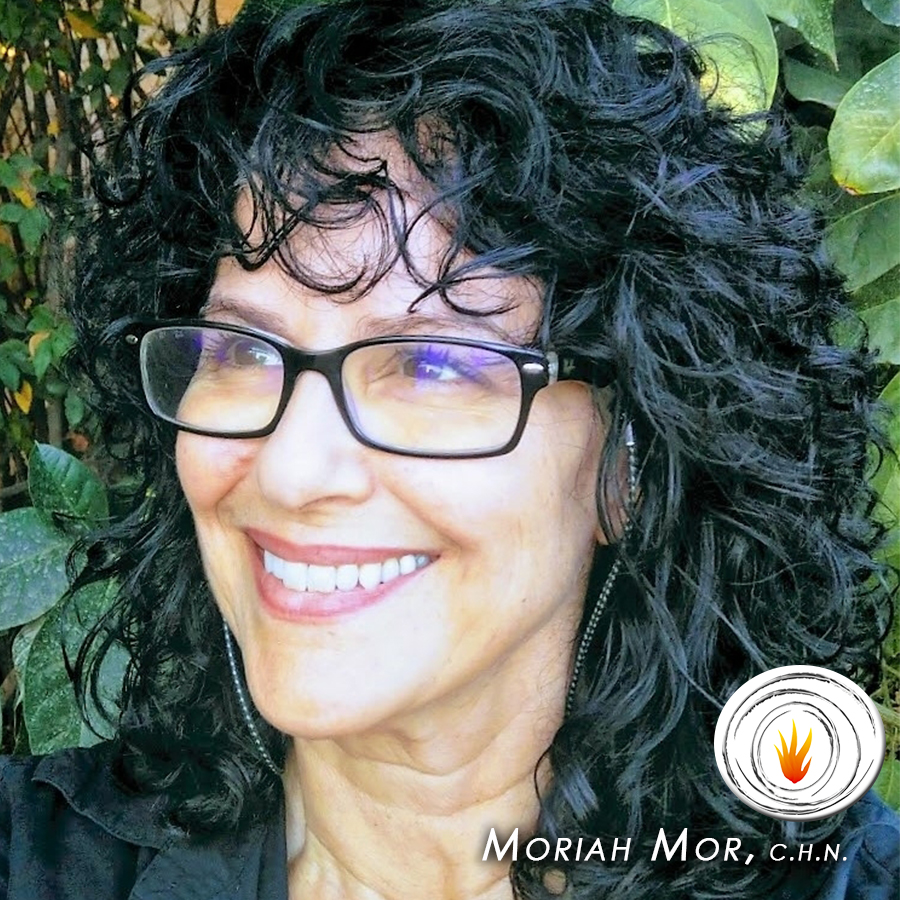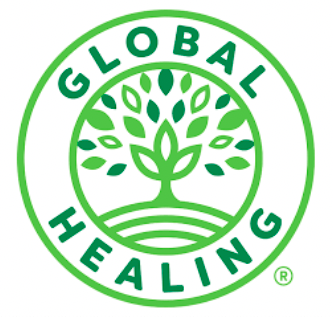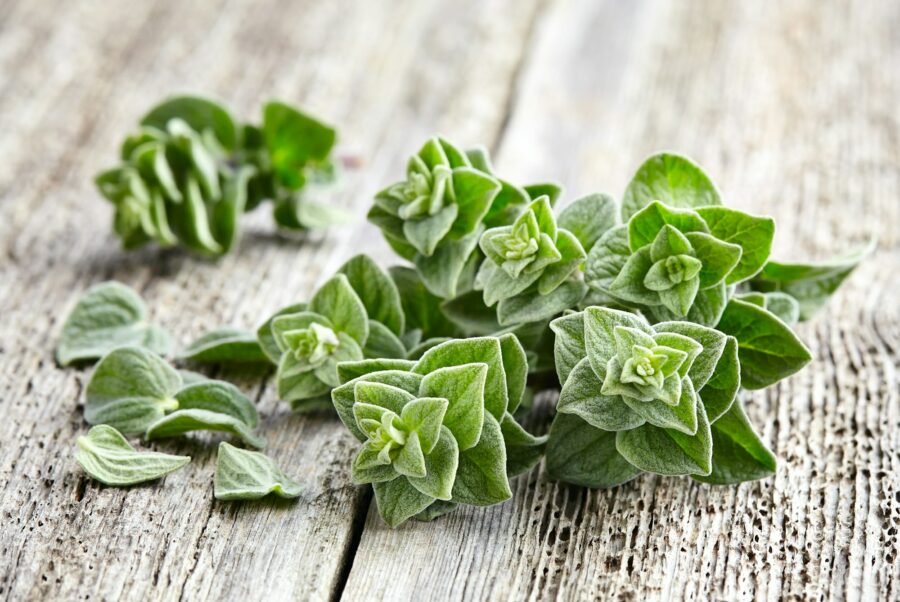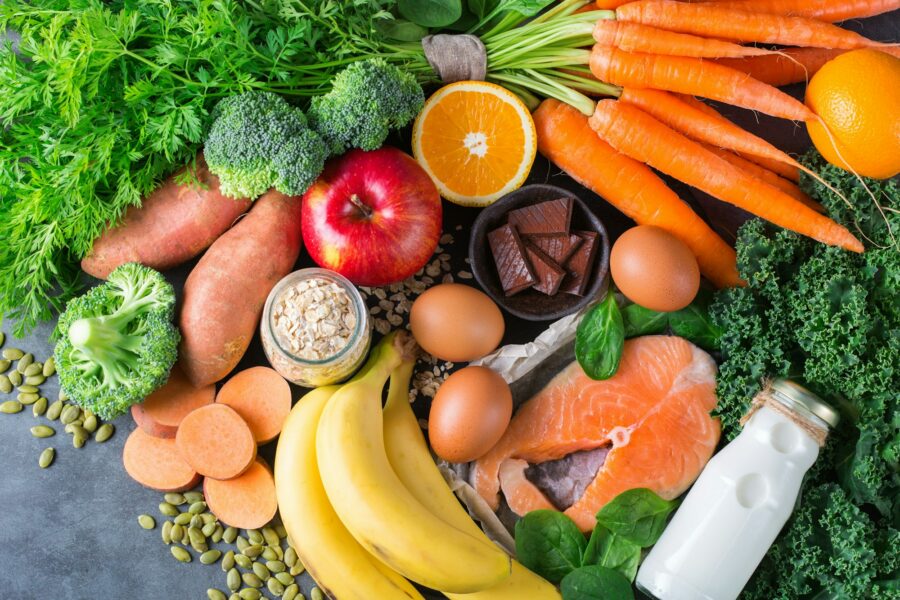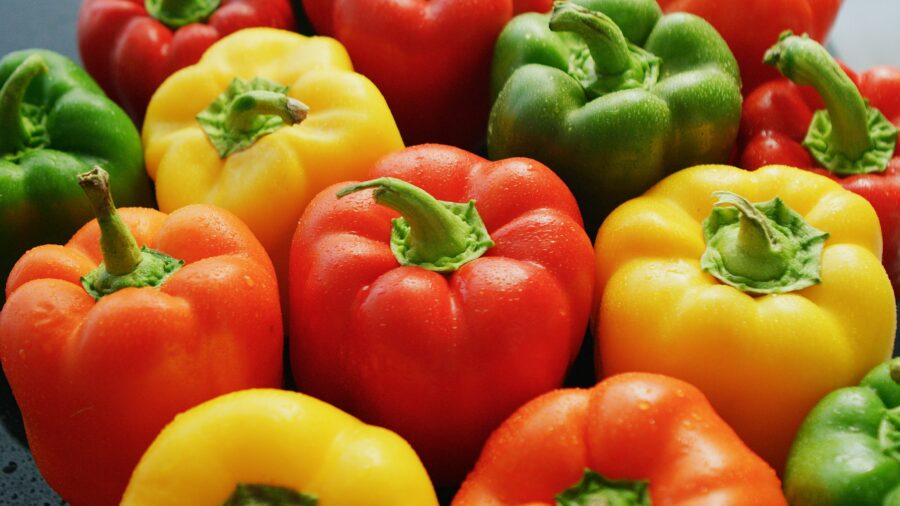Eating Healthy Sweet 16:
Does Your Meal Have Something Green?
-
Energetic Health Institute
- September 17, 2023
ARTICLE IN A NUTSHELL
1. Eating something green daily, may reduce chronic disease risks by combating cellular damage.
2. Organic leafy greens are nutrient-rich, supporting gut health, digestion, and energy.
3. Cooking organic foods is a fun way to boost nutrients in your diet for better health.
"Green foods have a wide-ranging impact, which extends to the nervous and cardiovascular systems.."
INTRO
Most of us instinctively know that green foods are healthy. Let’s face it: every child at some point in time has heard the phrase, “eat your greens.” A few questions to ponder – why do green foods hold a title of importance like no other food colors, such as red, yellow, or purple? How does eating green foods relate to Mitochondria Energy Production? Which factors affect the nutrient density and bioavailability of the foods you eat?
This article will discuss the answer to those questions and others as we explore one of the fundamental teaching concepts at the Energetic Health Institute, The Eating Healthy Sweet 16, “Does your meal contain something green?”.
Get Your FREE eBook!
Do You Eat Healthy? Sign up to get our FREE eBook & find out:
Energetic Health Chapter 5: The Art of Eating Healthy
Includes SIXTEEN ways to help you eat your way to Health & Freedom!

SOMETHING GREEN FOR HEALTH AND ENERGY
Why something Green? In nature, the color green is often associated with life, renewal, and energy. Like no other color in the food spectrum, eating something green with every meal gives the body the essential nutrients required to exist and function properly. Research supports eating a healthy portion of organic leafy greens daily can assist in protecting the body against many chronic health conditions, including osteoporosis, heart disease, diabetes, cancer, neurological disorders, and cardiovascular and digestive disease, to name a few. (1)
Green foods contain an array of B vitamins, calcium, folic acid, potassium, vitamin C, and antioxidants, among many other essential nutrients for every cell function. Eating leafy greens promotes healthy gut microbes due to their fiber content. It supports bone health as it contains vitamin K, magnesium, and calcium, essential nutrients for osteocalcin production. This hormone promotes bone health by working to maintain and regenerate bone tissue. Adding to those nutrients, green foods also contain chlorophyll, the photosynthesizing pigment molecule that makes plants and vegetables green. And here is where it gets exciting… (2) (3)
Chlorophyll is one of the primary life-giving substances on the planet and is a significant contributor to the body’s energy production. One of the most fascinating aspects of chlorophyll is how closely its biological structure resembles Heme Units (hemoglobin), the building blocks of our red blood cells. The only difference in its comparative structure is that chlorophyll’s center molecule is magnesium, and human blood (hemoglobin) is iron.
In addition, chlorophyll is made up of molecules known as Porphyrin Rings. These organic compounds assist in forming and supporting ATP (Adenosine triphosphate) energy production and Mitochondria health; therefore, all “green” foods directly affect energy production and are a perfect nutrient to assist in building stronger and healthier blood. Healthy blood flow delivers nutrients and oxygen to all parts of the body, including the heart, lungs, brain, kidney, and liver. (4)
Chlorophyll is also a major proponent in the body’s physiology and a contributing factor for a balanced alkaline internal environment. Chlorophyll is a natural pH balancer and plays an essential role in the creation of new blood cells, therefore providing support for healthier liver and kidney function, cardiovascular, immune, respiratory, and neurological health. (5)
"As an African immigrant without the usual academic credentials that most institutions require, EHI was a refreshing change. They guided us through the entire process and more, and my husband and I appreciated the supportive energy and tone of the EHI community."
GREEN NUTRIENT INSIGHTS
Green vegetables, rich in essential nutrients like chlorophyll, support good blood health and energy production. The Energetic Health Institute recommends including greens in every meal to enhance mitochondrial energy production, which is crucial for functions such as breathing, healing, and immunity. Insufficient nutrients for mitochondria can lead to fatigue, pain, and neurological issues. A diet rich in the right foods is essential for repairing damage from inflammation, toxins, and infection (6) (7) (8).
Green foods like Kale offer vitamins A, C, and K, calcium, folate, potassium, and fiber. Dandelion leaves support liver function and bone health with beta-carotene and various vitamins. They also act as a prebiotic due to their inulin content. Bok Choy, rich in bone-building vitamins and minerals such as calcium, iron, phosphorus, magnesium, and vitamin K, contains quercetin, linked to reduced inflammation and protection against chronic diseases. Broccoli provides vitamins C and A, potassium, folate, fiber, and iron. It also contains sulforaphane, known for its cancer-fighting properties. While not a leafy green, Avocados are packed with vitamins C, E, K, and B6 and riboflavin, niacin, folate, pantothenic acid, magnesium, and potassium. They also offer lutein, beta-carotene, fiber, and omega-3 fatty acids. Chlorella, a nutrient-rich microalgae, aids in body cleansing and serves as a protein source with amino acids, fatty acids, chlorophyll, vitamins, and minerals. However, individuals with iodine sensitivity or allergies should use caution when incorporating chlorella as a daily supplement (9) (10) (11) (12).

"Rooted in Nature. Backed by Science"
Experience Natural Doctor-Approved Nutrients!
NUTRIENT RICHNESS AND ABSORBTION
Top on the list of factors affecting a food’s nutrient density and bioavailability is Organic vs. Pesticide / GMO. Studies show that organic varieties provide significantly greater vitamin C, iron, magnesium, and phosphorus levels than conventionally grown varieties of the same foods. Additionally, organic produce has been shown to have more antioxidants and flavonoids than conventionally grown foods. Click here for more researched reasons why it benefits your well-being to choose organic. (13)
In addition, the way you cook your food has a major effect on its nutrient content. While cooking food improves digestion and increases the absorption of many nutrients, overcooking destroys essential nutrients and affects the flavor and consistency of food. Learning nutrient-rich cooking methods can unlock and increase their many health-promoting properties when it comes to cooking something green. For example, broccoli, spinach, and kale may lose up to 50% or more of their vitamins when boiled; however, each can increase its bioavailability by slightly steaming them. The World’s Healthiest Foods by George Mateljan is an excellent resource for health-promoting foods and nutrient-rich cooking methods, especially when it comes to cooking something green. (14) (15) (16
Confused? Don't Be.
Get your health questions answered
by experts who really care!
FINAL THOUGHTS
All living things are made up of cells; essential nutrients are sometimes trapped within these cell walls in vegetables. When utilizing the appropriate cooking methods, these walls break down, releasing the nutrients the body can absorb more easily. Green leafy veggies are an important component of a balanced diet. Eat them as you like -chop them in your salads, add them to your smoothies, stuff them in your wraps and sandwiches, or cook them with your favorite flavors, but don’t forget to consume them daily in some way to keep your body healthy and glowing. Remember, a well-rounded protocol includes detox support, stress management techniques, exercise, and lifestyle changes. What greens will you be eating today?
To Your Good Health!
ABOUT THE AUTHOR
M. Moriah Mor, a Certified Holistic Nutritionist, owns GreenSilk.com. The company is committed to helping individuals live a healthier lifestyle through education, nutrition, the research of life science, and the development of Professional High-Grade Premium health products.
Recognized for her outstanding dedication and contributions to the health and wellness industry for over 18 years, Moriah is a graduate of the Energetic Health Institute and the University of Southern California. Her interest is focused on researching the latest scientific breakthroughs in the holistic health field. She is currently working toward her Doctorate in Natural Medicine.
More Articles We Think You'll Love
ARTICLE CITATIONS
- https://www.ncbi.nlm.nih.gov/pmc/articles/PMC5772164/
- https://www.ncbi.nlm.nih.gov/pmc/articles/PMC4670816/
- https://www.ncbi.nlm.nih.gov/gene/632
- https://pubmed.ncbi.nlm.nih.gov/24198392/#:~:text=Results%20suggest%20chlorophyll%20type%20molecules,derive%20energy%20directly%20from%20sunlight.
- https://www.medicalnewstoday.com/articles/322361
- https://www.ncbi.nlm.nih.gov/pmc/articles/PMC4566449/
- https://www.ncbi.nlm.nih.gov/pmc/articles/PMC7019700/
- https://www.ncbi.nlm.nih.gov/pmc/articles/PMC7255501/
- https://www.sciencedaily.com/releases/2015/03/150330112227.htm
- https://bio-sources.com/what-is-chlorella-microalgae/
- https://tophealthjournal.com/3228/research-finds-chlorella-extract-effective-against-heavy-metal-toxicity/
- https://www.webmd.com/diet/chlorella-health-benefits#1
- https://www.sciencedirect.com/science/article/abs/pii/S004896972030677X#:~:text=Since%20its%20first%20commercialization%20in,2015%2C%202020%20and%202025%20in
- https://www.ncbi.nlm.nih.gov/pubmed/19650196
- https://www.ncbi.nlm.nih.gov/pubmed/19843593

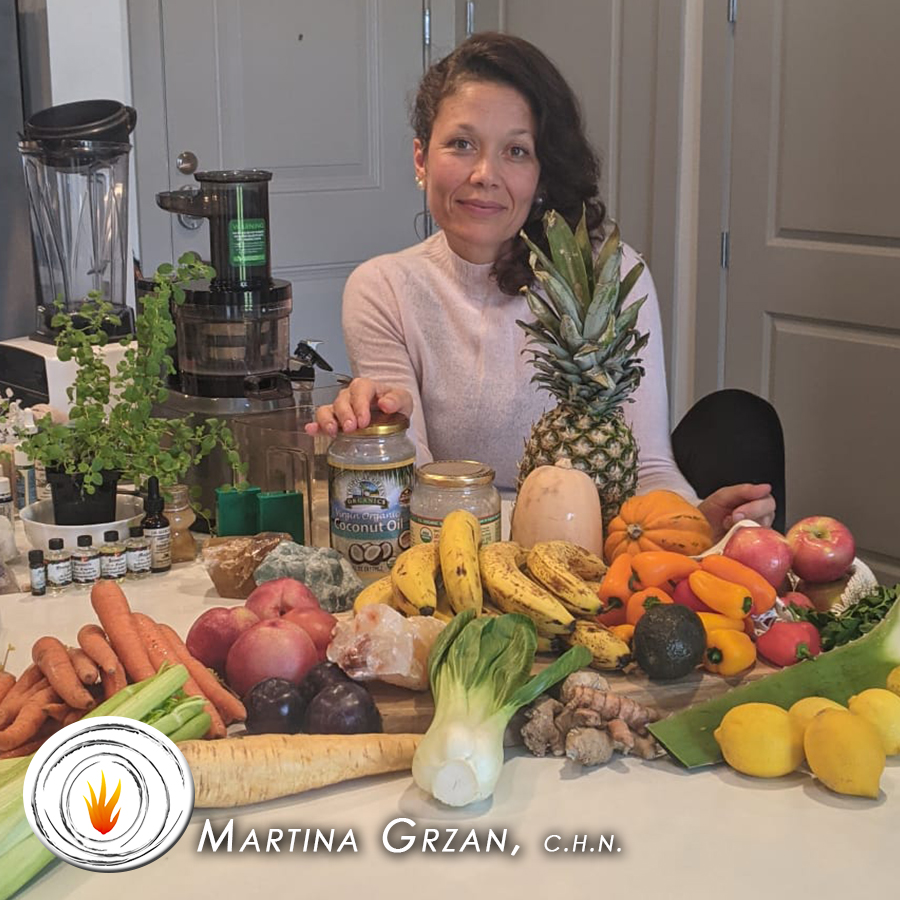




DISCLAIMER & COMPLIANCE
***Please Be Aware That At No Time Will EHI Offer Advice, Guidance, Or Direction With Respect To Whether Or Not An Individual Should Or Should Not Receive COVID Gene Modification Shots In Clinical Trial According To The National Institutes Of Health (NIH). We Encourage All People To Review Available Safety & Efficacy Data, Published By The CDC Through The Vaccine Adverse Events Reporting System (VAERS) And The CDC’s COVID Data Tracker, With Their Trusted Healthcare Team And Make The Decision That Is Right For Them. We Support Every Individual’s Rights As Patients To Agree To Or Decline Any Medical Procedure As Stated In The American Medical Association’s Code Of Medical Ethics 1.1.3(d).***
***In A Transparent Effort To Be In Full Compliance With The US Food and Drug Administration (FDA) and Federal Trade Commission (FTC) Regarding Prevention, Treatment, & Deceptive Practices (15 U.S. Code § 57b & Section 19 of the FTC Act), We Are Required To Notify You That The Information Presented In This Article Is A Collection Of Peer-Reviewed Empirical Evidence, But Has Not Yet Been Evaluated By The FDA For Safety & Efficacy. None Of The Information Provided Is Intended To Replace The Care And Supervision Of Qualified Licensed Medical Professionals Or The Legal Advice Of Licensed Attorneys.***
©2013-2023 Energetic Health Institute. All Rights Reserved. Born To Teach, To Heal & To Lead With Love. Let's Make Tomorrow AMAZING!
EHI Privacy & School Policies | Awesome Theme by: D5 Creation | Powered by: WordPress
